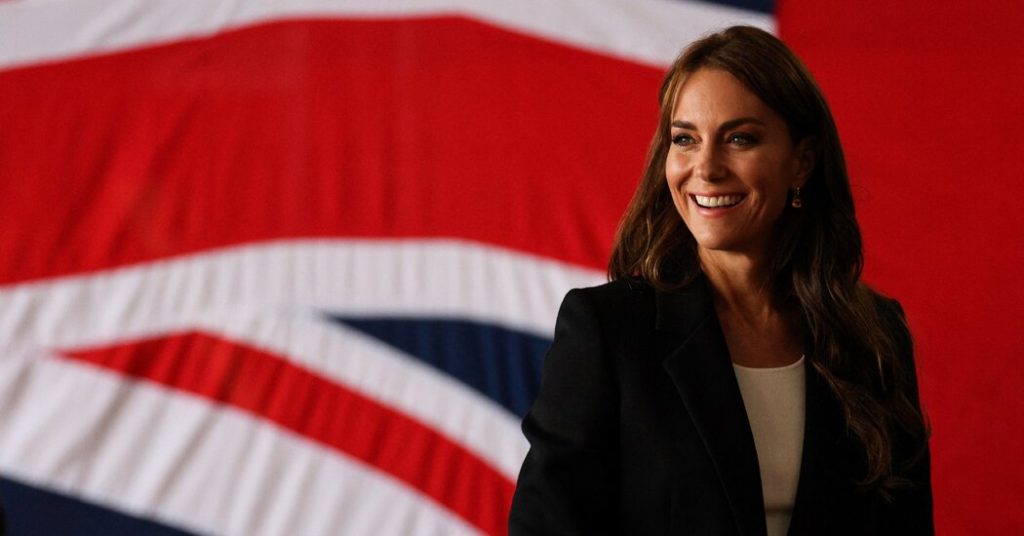The recent whirl of conspiracy theories surrounding Catherine, Princess of Wales, before she disclosed her cancer diagnosis have been linked to a Russian disinformation operation. Researchers in Britain found that 45 social media accounts posted false claims about Catherine to a Kremlin-linked network, designed to deepen societal divisions, erode trust in institutions, and stoke chaos. The campaign was likely driven by commercial and political motives, with the Russian network seizing on the lack of accurate information about Catherine’s condition to increase social media traffic and follower counts.
The Daily Telegraph reported concerns that Russia, China, and Iran may be fueling disinformation about Catherine to destabilize the country. Oliver Dowden addressed the issue in Parliament, stressing the importance of verifying information and being skeptical of online sources. The British royal family, particularly Prince William and Catherine, appealed for privacy following the announcement of her cancer diagnosis. It is not clear who might have hired the disinformation network to target Catherine, but the historic tensions between Britain and Russia make it a likely scenario.
The researchers traced the source of the false claims about Catherine to a Russian disinformation operation known as Doppelgänger, which has been active since 2017. The network has previously created fake websites impersonating real news organizations and has faced sanctions from the U.S. Treasury Department for cyberinfluence operations. In addition to targeting Catherine, King Charles III became the subject of erroneous death reports on social media, further fueling misinformation and confusion.
Beyond Russian involvement, rumors and gossip about Catherine’s health spread on various online platforms, including those sympathetic to Prince Harry and Meghan. Alexandre Alaphilippe highlighted the interconnected nature of online influence, making it difficult to isolate the impact of any single state actor. Disinformation campaigns are hard to measure, as social media companies often restrict access to data that would allow for a comprehensive analysis of the spread of false material.
Despite growing awareness of Russian disinformation campaigns since the 2016 American presidential election, the volume of online trickery and misinformation continues to rise. Russia-linked groups use bots, trolls, and disinformation peddlers to seize on news events and sow discord and confusion. While Catherine’s case represents a more traditional influence operation, the Russians have adapted their tactics to push propaganda through fake news sites, videos on platforms like YouTube and TikTok, and other online channels in an attempt to shape narratives and influence outcomes.
As governments and researchers become more sophisticated at detecting disinformation activities, Russian tactics have evolved to adapt to these challenges. The spreading of rumors about Catherine is just one example of how state actors use online platforms to advance their agendas and influence public opinion. By exploiting engaging and controversial topics, these actors aim to undermine confidence in the media environment and sow discord within societies.


